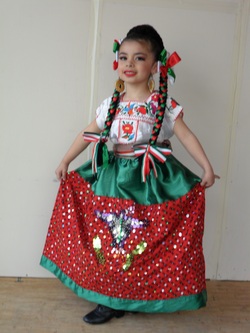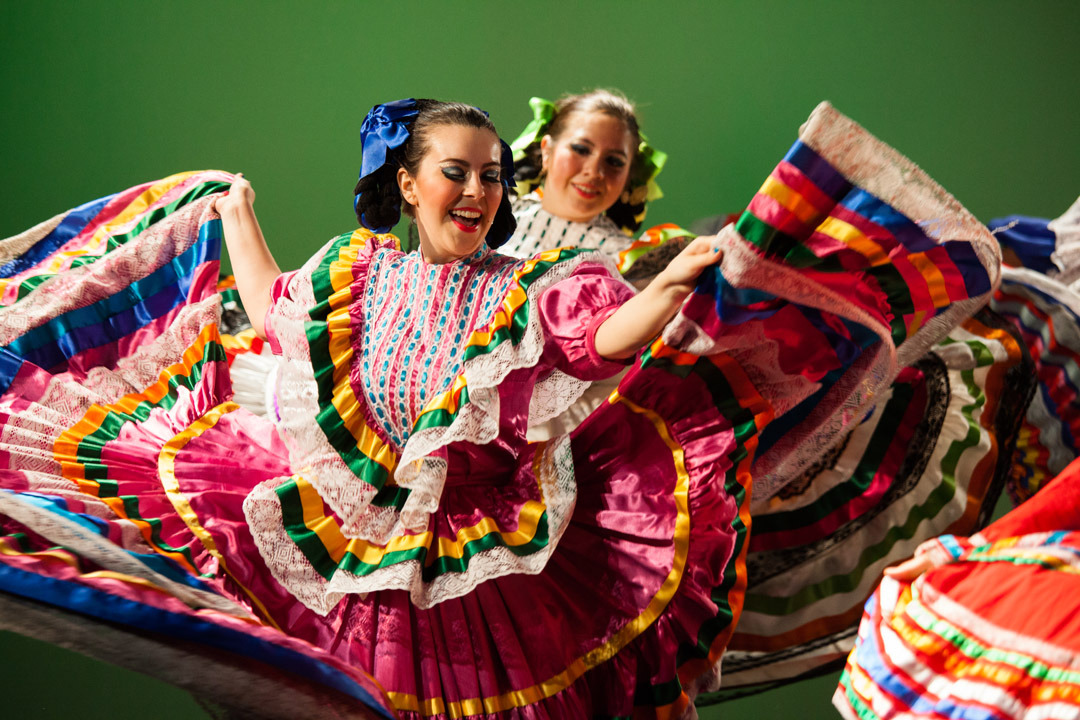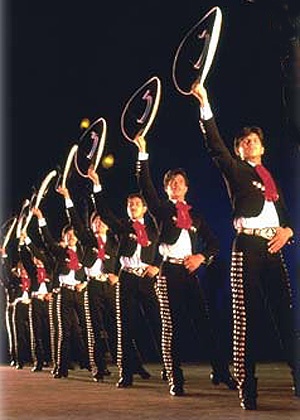Everyone always talks about how awesome it is when you get to see your kid experience something for the first time. It is. Just look at that face!
10.14.2013
10.09.2013
Bailes Folklóricos de Mexico
I am currently taking two Spanish classes, so this occurrence has become more frequent (as evidenced in the last few posts). This post was intended as a guide to an oral presentation.
As I was making this, I realized that Mexican Folkloric Dances are a large part of my identity, and have instilled in me a love of dance, performing, and just being passionate about life.
| Here I am with my family, after having performed in downtown Salt Lake. |
Below is a brief, picture-oriented compilation on the what/who/when of folkloric dancing in Mexico.
ORÍGEN
Folkloric dances come from the many villages, cities, and regions of Mexico. Many say that these dances tell the story of Mexico.
Today, groups perform these dances of Mexico in large parties and especially in community events.
They serve to remind people of what the essence of Mexico is; vitality, color, love, and music.
 |
| Grupo de Amalia Hernandez, 1950's |
The first person to form an official group of dancers was Amalia Hernandez (in 1952). She also established a school where these dances were taught extensively. They fused mariachi music with the dances and were the first to do so. The group still exists today and has represented Mexico internationally as they travel the world, performing.
REGIONES
Norte
 |
| Jesusita en Chihuahua: Nuevo Leon |
The dances of the northern regions of Mexico have a lot of Texan influence. Their dances include polkas and other European style choreography. The dress is very western and most of the dances are very upbeat.
Este
In the east, there existed many trading ports during the Revolution Era, and consequently, many of the dances and dress have much Spanish influence. Flamenco footwork and bambas are common in this region as well as imported lace for the women.
Central
 |
| Traje: La China Poblana (Jarabe Tapatío) |
The name of the dress (above) comes from a legend of a Mongolian princess who came to Mexico and earned the nations' respect through her kindness. It is hand sewn, with sequins covering the entire red section. The eagle with the serpent on a cactus (also found on the Mexican flag) is displayed on the front.
Oeste
 |
| La Negra: Jalisco |
 |
| Traje de hombres: Jalisco |
From the Western regions of Mexico come many of the most recognizable dances. These are especially lively, with lots of color and movement. El Jarabe Tapatio (the mexican hat dance) comes from this region and is one of the most common of the folkloric dances. It is typically the last number in a performance and has become somewhat of an unofficial symbol of Mexico.
| El Baile de los Machetes: Nayarit |
Sur
The southern regions were able to preserve much of the indigenous culture; many of the dances tell stories of everyday occurences, and are danced barefoot with very colorful dress. Here also exists a great variety since each state differs geographically.
| Ropa típica chiapaeca: Chiapas |
| Danza de los Pescadores: Michoacan |
Ballet Folklórico: CEBA
(El grupo del Centro Escolar del Benemerito de las Americas)In Mexico City, a high school run by the LDS church was recently closed in order to open a new training center for Mormon missionaries. As a high school, it was well known for its dance team that toured throughout Mexico and North America.
Here are some links of performances from the CEBA team and the official Alumni team.
Mar 2013 - Jalisco
Baile de Guanajuato
Ex-Alumnos: Nayarit El Baile de los Machetes 3:55
Ex-Alumnos: Jalisco El Jarabe Tapatio 4:03
Subscribe to:
Posts (Atom)



